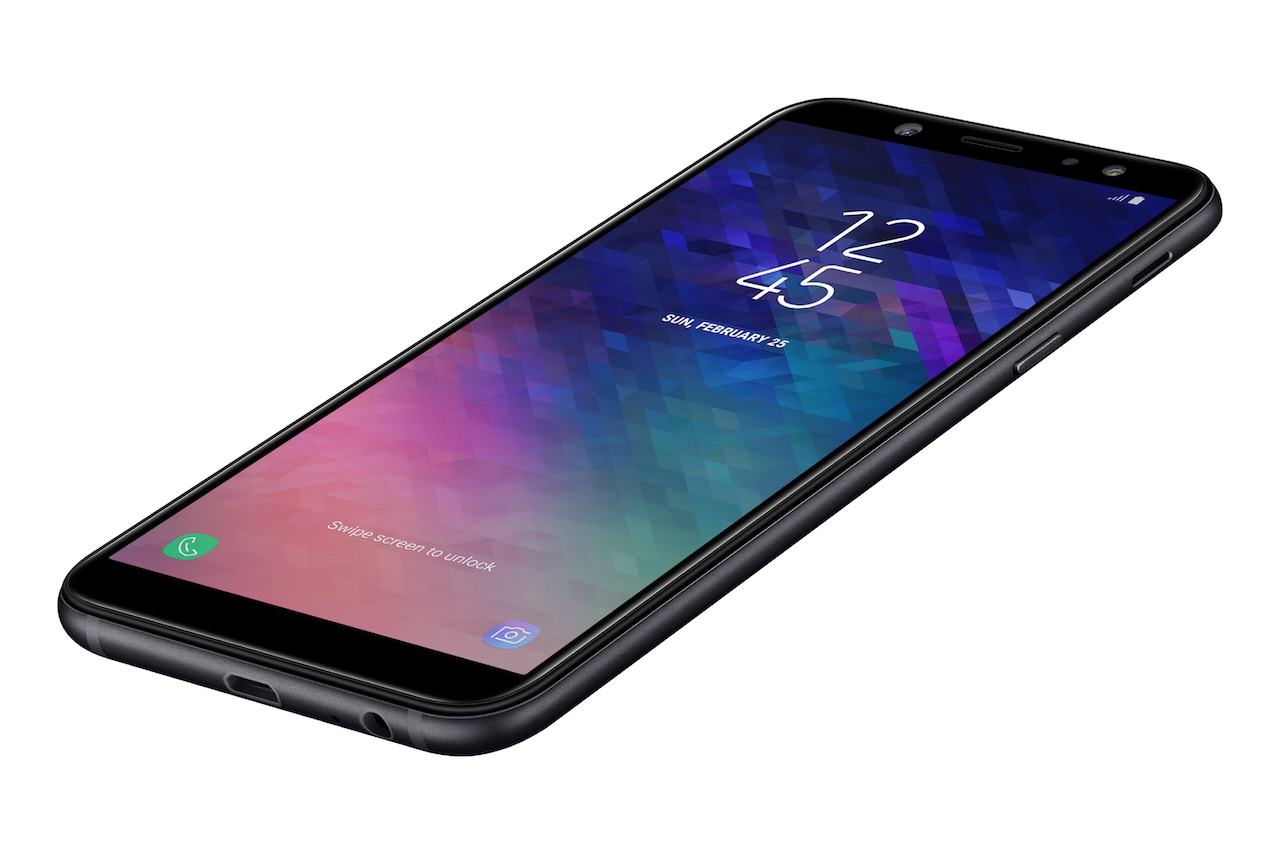Samsung's holding an event in India on May 21st to launch a new phone with an Infinity display, and while the company isn't saying what device – or devices – it will actually unveil, it may be focusing on the Galaxy A6 and Galaxy A6+ instead of the Galaxy J4 or Galaxy J6. Case in point? Well, we are already seeing Galaxy A6 firmware with the May 2018 security patch for India in our database. The original firmware for India (and other markets) that went live a few weeks ago had the April security patch, and an update for the device is a clear indication that Samsung is bringing it to the country soon.
Galaxy A6 is a more impressive package anyway
It would also make sense for Samsung to put the focus on the Galaxy A6 rather than the Galaxy J6, given the latter doesn't offer anything special other than an Infinity display. The Galaxy A6 (and Galaxy A6+), meanwhile, have an 18:5:9 display and also high-resolution rear and front cameras, which are features some of the competition – Oppo and Vivo, for example – have long focused on in India's mid-range segment. The A6+, in particular, would be a huge draw thanks to its 24-megapixel front camera, which would be a first in terms of the megapixel count for front cameras on the Korean giant's smartphones.
It would also explain the “To Infinity and More” tagline Samsung has used for the invites it has sent to the press, if you include features such as Dolby Atmos (over headphones) and full Samsung Pay support, none of which is on offer with the Galaxy J4 or Galaxy J6. Not that it's out of the question that Samsung will launch either (or both) of these J series phones at the same event. The company certainly needs to bring the Infinity display to a budget smartphone in India following the introduction of a new competitor earlier this week, so at least the J6 should be making an appearance next week.
Last but not the least, this continues Samsung's new tradition of bringing security updates to mid-range and budget phones ahead of its flagship offerings. We guess it's a fair trade considering major OS upgrades come to flagship devices first, even though that's something the company doesn't follow to the letter all the time (just ask Galaxy S7 and S7 edge owners).






